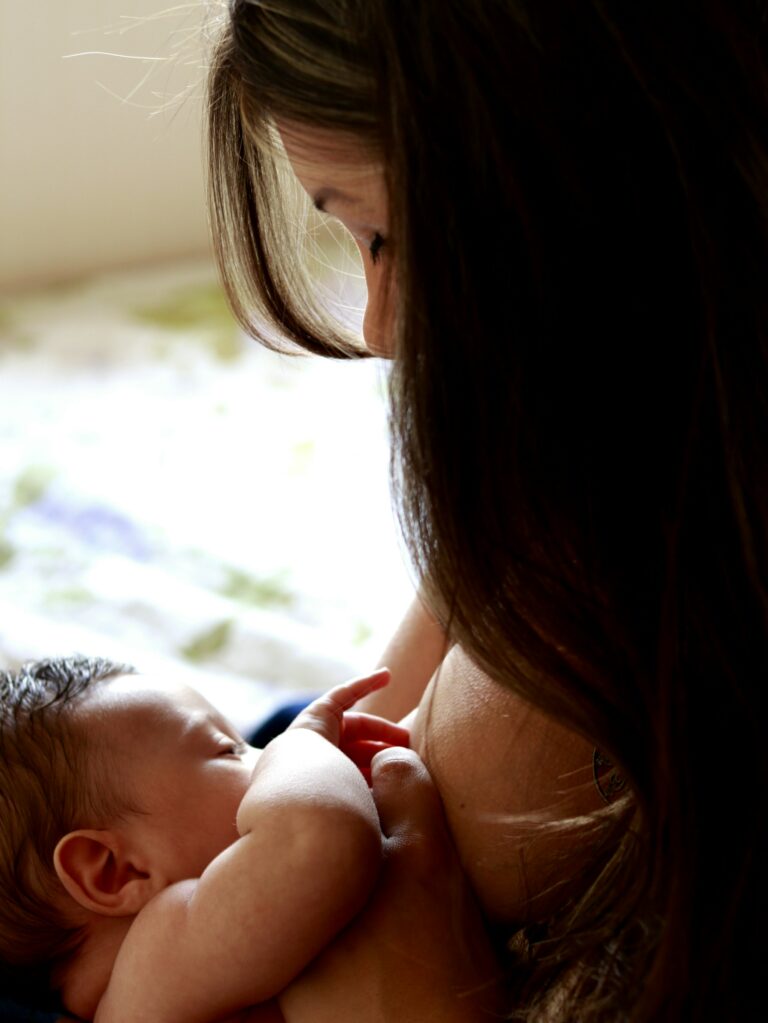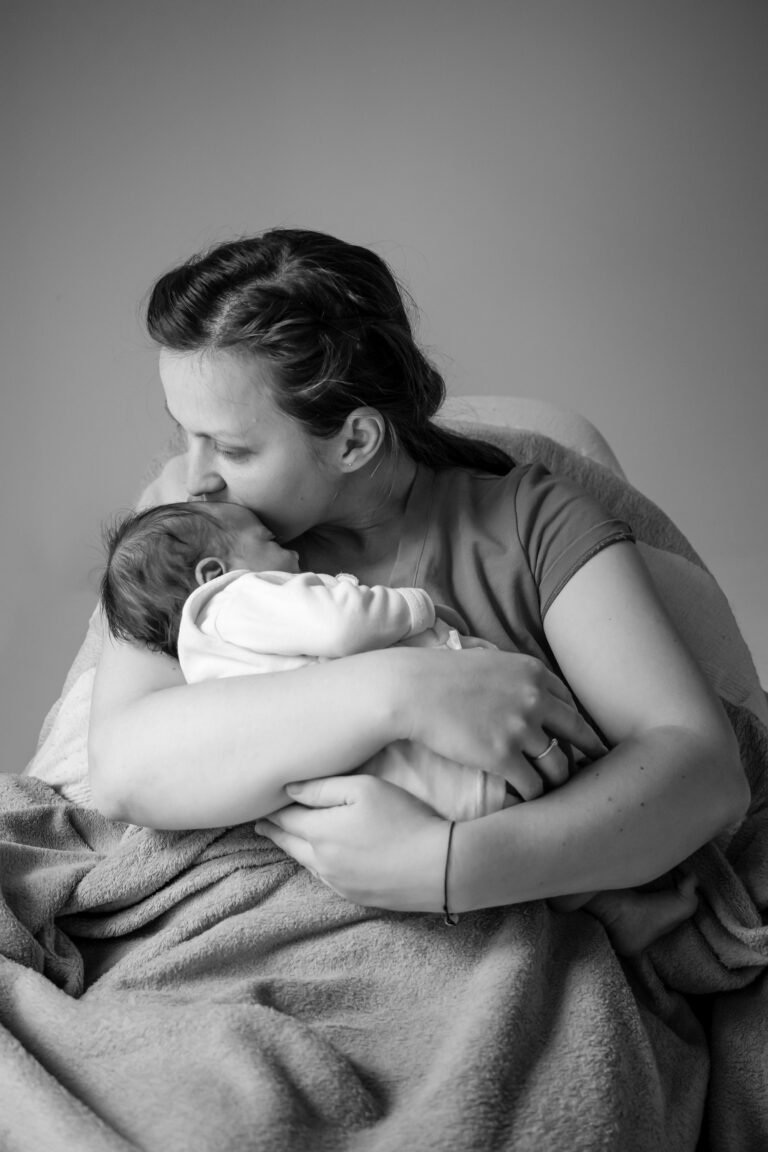Bringing a new life into your family changes everything—sometimes with excitement and joy, other times with waves of exhaustion and doubt. Many parents privately wonder: Are these intense feelings normal? Why does sadness or irritability cast a shadow, when society expects nothing but happiness? Is it just fatigue—or something deeper? Postpartum depression isn’t merely an extension of everyday stress after birth. It is a recognised mood disorder, shaped by shifts in hormones, emotions, and environment, that can deeply disturb everyday life for mothers, and sometimes for fathers as well. Across each family, cultural patterns, family dynamics, and community rituals reveal themselves, sometimes supporting the mother, sometimes isolating her. Journeying through the ups and downs of early parenthood may lead to distress, but understanding postpartum depression and knowing how to seek help changes the pathway—for the parent and the child alike. Here’s what parents need to know: signs to watch for, why this happens, steps for care, and how Indian families can support their own.
What is Postpartum Depression? Understanding the Difference from “Baby Blues”
Childbirth unleashes a torrent of changes—physically, emotionally, hormonally. Most new mothers experience a mild letdown called the “baby blues”—mood swings, irritability, or unexplained sadness that fades within a fortnight. But with postpartum depression, these emotional struggles stay longer, dig deeper, and resist simple reassurance. This is not just tiredness or adjustment; it’s a pervasive sadness, intense anxiety, and an inability to find pleasure or bond with the baby, lasting weeks or even months.
It’s essential not to mistake postpartum depression for mere “adjustment difficulties” or weaker motherly love. Symptoms may include:
- Overwhelming sadness
- Anxiety or persistent guilt
- Fatigue unrelieved by rest
- Appetite or sleep changes
- Social withdrawal
- Difficulty bonding with the baby
- Thoughts of self-harm or (in extreme cases) harm to the child
Whereas the “baby blues” touch up to 80% of mothers worldwide, true postpartum depression affects approximately 10–20%, though rates in the Indian context have often been found even higher. Both mothers and fathers can be affected—a detail easily missed in traditional narratives.
Causes and Risk Factors: A Complex Puzzle
Why does postpartum depression strike one parent and spare another, even within the same home? The answer is tangled, drawing on biology, psychology, environment, and even culture.
Biochemical Storm: Hormones and Neurobiology
After delivery, levels of estrogen and progesterone—central female hormones—drop sharply. These substances regulate not just physical cycles, but subtle neural pathways—prompting changes in mood, sleep, even appetite. At the same time, disruptions in the thyroid gland or a sudden decrease of oxytocin (the so-called bonding hormone) can throw emotional balance off axis. Scientific research links these neuroendocrine changes to mood dysregulation, explaining why even the most prepared mothers sometimes feel overwhelmed.
Psychological and Social Factors
Risk heightens when trauma shadows the past:
- Family or personal psychiatric history (especially depression or anxiety)
- Discordant relationships—tension with partners or even mothers-in-law (a documented risk in joint family settings)
- Isolation, lack of emotional or practical support
- In Indian families, sometimes the gender of the child can be a silent but heavy burden—if cultural preference for a boy is present, the birth of a girl may inadvertently raise risk for maternal sadness
- Unplanned pregnancies, health complications at birth, or a challenging neonatal period
- External stress: financial hardship, migration, loss of traditional support networks
Cultural Nuances in India
How symptoms are expressed can look very different. Many Indian mothers, for instance, describe physical complaints—headache, poor appetite, body pains—reflecting a cultural norm of somatised emotional distress. Conversely, shame, stigma, and misunderstanding often push mental complaints underground. Traditional postnatal rituals—such as rest periods, special diets, or supportive “seclusion”—may act as protective buffers if followed. Yet, the erosion of these practices in urban or nuclear settings sometimes leaves new mothers unsupported.
Diagnosis and Early Detection: Tools and Obstacles
Professional assessment uses standardized questionnaires like the Edinburgh Postnatal Depression Scale (EPDS) or the PHQ-9—short, validated checklists to gauge emotional state. However, translating these tools across languages and cultures proves tricky; sometimes, physical symptoms get reported where emotional ones are concealed. Routine screening at postnatal visits and paediatric check-ups gives clinicians a starting point, but awareness in the family often makes the decisive difference.
Stigma, secrecy, and fear of judgment act as stubborn barriers, limiting open conversations about “negative” feelings after childbirth. Yet, postponing diagnosis allows the disorder to snowball—straining the mother-infant bond, marital harmony, and even a child’s later development. Early identification, gentle enquiry, and a non-judgmental environment remain the gold standard.
Symptoms: What Parents Should Watch For
Recognising the signs of postpartum depression is sometimes as subtle as reading between the lines. Symptoms span emotional, physical, and behavioral changes. Here’s what may appear:
- Heavy, lingering sadness, or numbness
- Sudden bursts of anger or anxiety
- Withdrawal from the baby, family, or social interaction
- Persistent tiredness even after long rest
- Sleeping all the time—or insomnia that won’t lift
- Shifts in appetite (loss or overeating)
- Loss of enjoyment in activities once found pleasurable
- Irrational guilt—feelings of being a “bad parent”
If these symptoms persist beyond two weeks postpartum, it’s a sign to consider professional help.
Severe warning signs—such as suicidal thoughts or fear of harming the baby—demand urgent attention.
The Ripple Effect: Impact on Mother, Child, and Family
One parent’s postpartum depression rarely stays contained. The effects radiate outward:
- Mother’s well-being: Draining motivation and strength, interfering with daily routines, self-care, bonding
- Baby’s health: Infants may become colicky, cry excessively, sleep poorly, or struggle with breastfeeding. Over time, emotional neglect can blunt social skills, cognitive development, and emotional stability
- Father/partner impact: Strain reverberates, sometimes leading to parallel depression in the father or marital disputes
- Long-term outcomes: Unresolved postpartum depression may evolve into chronic depression, impact subsequent pregnancies, or, in rare cases, contribute to maternal death by suicide
Solutions and Care Pathways: What Science Recommends
Modern Treatments
- Psychotherapy: Evidence-based approaches like Cognitive Behavioral Therapy (CBT) and Interpersonal Therapy (IPT) show great benefit. Indian settings, where formal therapy access may be limited, can opt for guidance from trained community health workers or peer support groups as interim relief.
- Medication: Particular antidepressants like SSRIs (e.g., sertraline) are favoured—even for breastfeeding mothers—as research shows their safety profile. New drugs targeting GABA-A receptors, such as brexanolone and zuranolone, offer hope in severe cases.
- Support systems: Engagement in group sessions, virtual or in-person, lowers isolation and builds coping skills.
Integrated Models of Care
Several healthcare structures are proving effective:
- Mother-and-baby units: Hospitals with co-admission for mother and child allow secure recovery without separation anxiety
- Mobile outreach teams: Community health nurse or social worker home visits help ensure early intervention, especially where long trips to hospitals aren’t practical
- Day hospital services: A blend—parents attend structured sessions during the day, returning to family at night
Prevention and Protective Strategies
- Prenatal educational sessions for expectant mothers and families: explaining normal mood changes, warning signs, and resources
- Early screening—especially for families with known risks or challenging social dynamics (for example, internal migrants, single parent households, or those with recent loss)
- Partner and family engagement: training family members to spot early signs or to offer support before distress worsens
- Retaining, where possible, traditional practices that promote postpartum rest and social bonding
Scientific Frontiers: What’s New in Research
Advancements taking shape:
- Brain imaging reveals that postpartum depression involves neural pathway disruptions—especially in regions governing emotion and stress
- Differences in neurotransmitter function—especially involving GABA, serotonin, and hormonal interplay—are under active exploration
- Rapid-acting drugs that restore balance in these neural circuits could change recovery’s timeline in the future
- Large-scale studies show disparities in both prevalence and treatment access—shaped by regional economics, urbanisation, and variations in stigma. Emphasis is shifting toward universal screening, community-based approaches, and culturally sensitive care
Reducing Shame: Tackling Myths Head-On
Assumptions surrounding postpartum depression are stubborn:
- It is not just “weakness” or lack of love for the baby
- Fathers/partners are not immune—men, too, can develop depressive symptoms in early parenthood
- Symptoms may not always be emotional; for many Indian mothers, physical complaints mask underlying distress
- Recovery is not a matter of “willpower” or mere rest; medical support is often needed
With public awareness and medical education, the fog lifts—not just for suffering parents, but for the entire home.
Recovery: Nurturing Hope and Restoring Wellness
Most parents experiencing postpartum depression do heal—with the right steps:
- Structured routines, adequate rest, and nutritious meals offer physical anchoring
- Accepting help from family or friends lightens daily strain, freeing emotional space for recovery
- Small social bonds—a phone call, a walk, a visit—act as lifelines
- Mindfulness, breathing exercises, and pragmatic stress management techniques calm anxieties
- Consulting medical professionals—shouldering ahead with therapy or medication as needed—transforms the future, making wellness more attainable
Supporting a Loved One Through Postpartum Depression
Family and partners have a powerful role:
- Open listening, withholding judgment, or unsolicited advice
- Taking on chores or baby care to allow the mother some respite
- Encouraging rest, joining her in light activity
- Championing connection with a trusted friend or professional
- Helping with appointments or medication adherence
- Normalising the need for help by sharing stories or resources
Key Takeaways
- Postpartum depression is a real, common and thoroughly treatable health condition that can affect any parent, regardless of background.
- Early signs deserve attention. If you notice persisting sadness, lack of energy, or trouble bonding with your baby, help is available—and seeking it helps both parent and child.
- Calm, empathetic relationships—both at home and in care settings—significantly boost chances of full recovery.
- There’s no shame in needing medical support or counselling for postpartum depression.
- Various therapy approaches, medications, and community-based supports are available.
- Families are not expected to tackle this alone: parents can download the application Heloa for personalised advice and free health questionnaires designed for children and parents. Trained professionals will guide you toward the right resources.
Questions Parents Ask
Can postpartum depression affect fathers or partners?
Absolutely. Not only mothers, but fathers and partners as well can experience pronounced mood changes, lethargy, irritability, or feelings of sadness after their baby’s birth. Sometimes these symptoms are overlooked in men, but they are just as significant and deserve support.
How long does postpartum depression usually last?
No set timeline exists. For some, symptoms recede within several weeks, especially with prompt support and rest. For others, recovery takes a few months, or, rarely, longer therapy and care. Keeping regular follow-up with a healthcare practitioner ensures tailored support.
Are there natural ways to help ease postpartum depression?
Definitely. Small lifestyle choices make a noticeable difference alongside medical care: prioritising sleep, having balanced meals, gentle daily movement, and social bonds—even just a friendly call. Simple relaxation exercises, breathing techniques, asking trusted people for help—all play roles. Each tiny step builds strength over time, weaving recovery into daily life.
Further reading:









